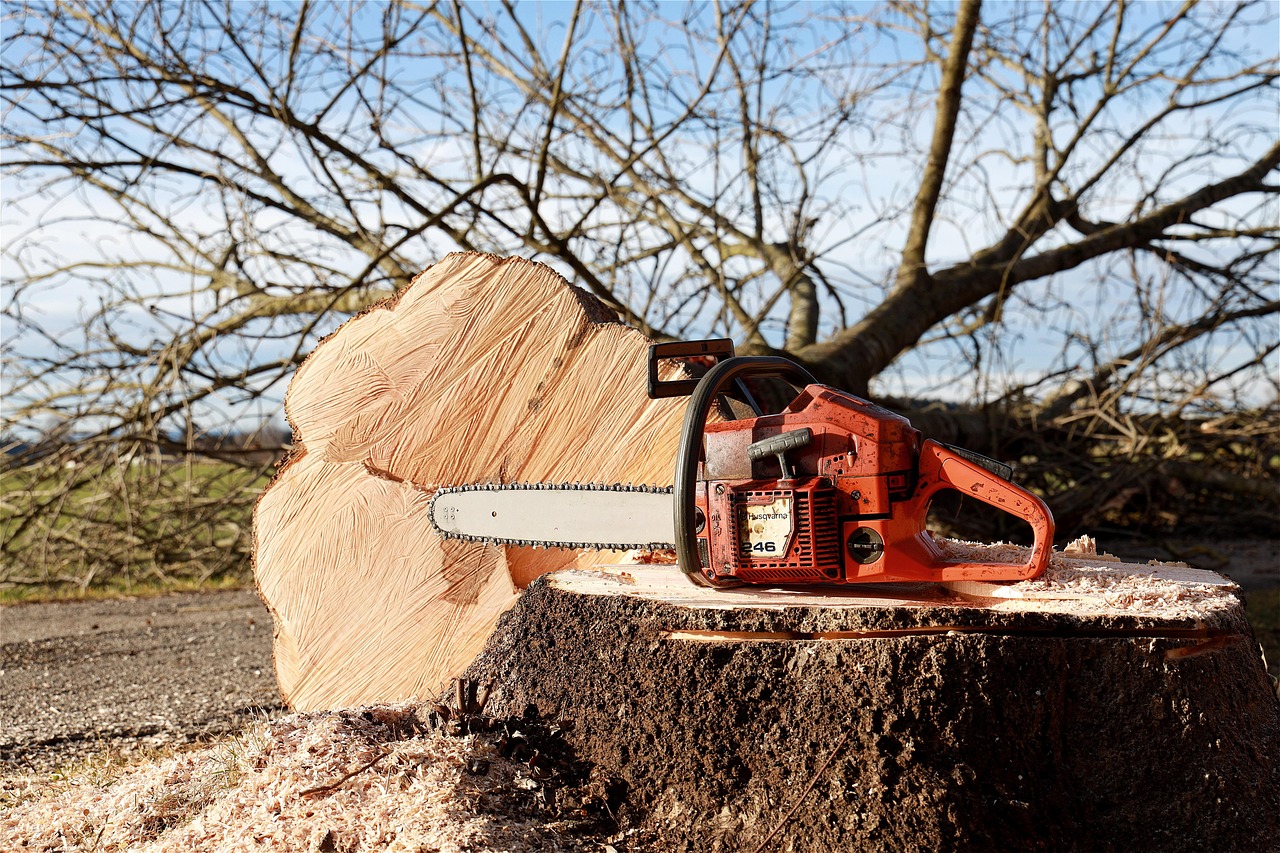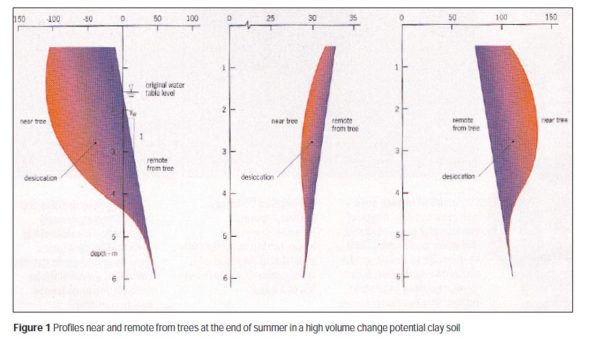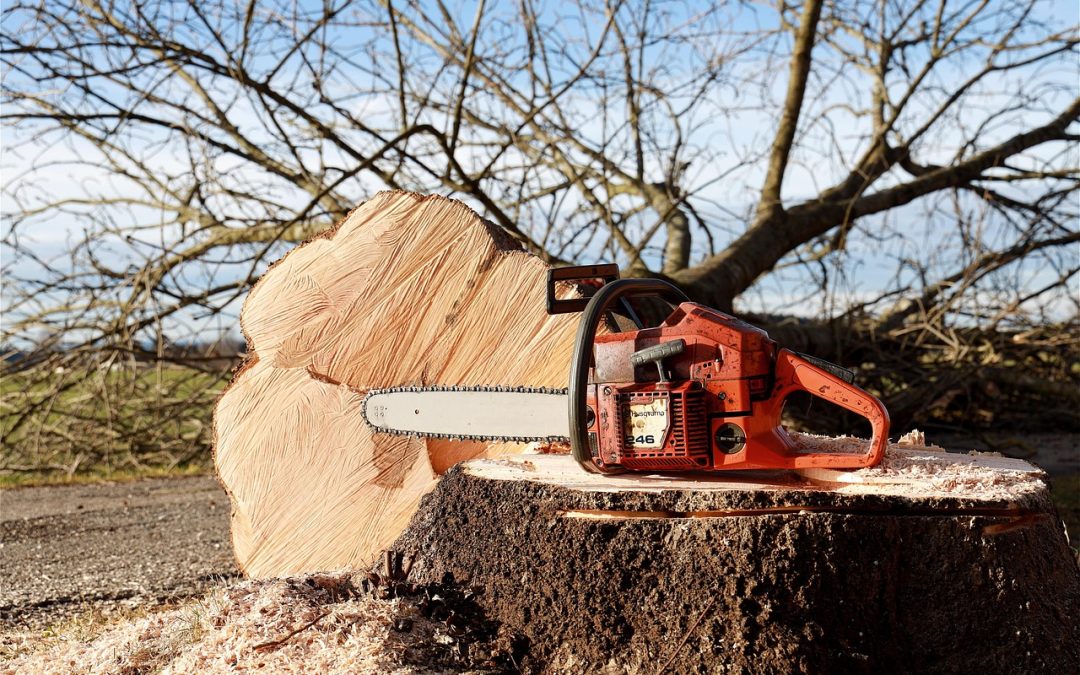Two trees or not two trees?
16th September 2025
Geotechnical
A tale of two BRE412 Heave Assessments
Desiccation in clay soils can result in shrinkage of the soil and subsidence of the ground. This may lead to damage to buildings. As the soil re-hydrates, it can swell, resulting in ground heave; this may also cause damage to buildings. Tree roots in clay soil are responsible for drying clay soil out (shrinkage) and if the tree is removed soil rehydration and ground heave occur. This is the tale of two sites where developers we work with, based foundation designs on a tree survey. Following construction, they discovered that since the survey had been conducted, trees had been removed. One tale ends happily for the developer; the other does not!Our Client

Preliminary-Assessment
In both cases foundations had been designed based on a tree survey of known current trees, but post foundation construction an aerial view, photo or similar had suggested a tree had been removed 4-5 yrs before construction commenced from near a group of plots at both sites. We knew heave could still occur and affect the foundations.
In many ground investigations, it is important to establish the extent and depth of any desiccation, but this is not always easy.
See the diagram below:

The roots of all vegetation take water from the soil. The process of water abstraction is driven by transpiration of water from the leaves, resulting in a flow of water from the roots to the leaves. The root systems of trees extend much further and deeper than those of other vegetation, thus allowing more extensive and deeper water abstraction. In a clay soil, this may result in drying of the soil and consequent soil shrinkage and ground subsidence. Removing a tree may result in ground re-hydration, soil swelling and ground heave, which can take up to 15yrs to complete.

A key part of any foundation design is the knowledge of the height and type of current and former trees so that the foundation depth (in accordance with NHBC requirements and the volume change potential of the soil) can be determined.
Our Challenge
The Ground & Water Approach
In order to evaluate the potential heave of the soil following tree removal we undertook an analysis of the moisture content profiles obtained from site data, in accordance with BRE412 (2016).
In accordance with guidance, moisture content testing can be undertaken on Class 3 samples, which allows for windowless sampling, U100’s or rotary rigs to be utilised.
It must be noted that the water content profiles and heave calculations, will be dependent on the conditions at the time of sampling. For example, the apparent moisture deficit in soil will be lower in winter than that over a prolonged dry period.
Water content profiling can be used to estimate the amount of ground heave that might occur following tree removal in a desiccated soil profile by following the principles of BRE412. Soils suction tests can also be used.
Site Investigation
The method required moisture content profiling – samples from boreholes sent to the lab for testing and a moisture profile created from ground level to 4 -5m bgl – for areas where the tree may have affected soils and also remote to this. The remote boreholes try to model conditions as they would be naturally.
The difference in moisture content between affected and not-affected areas is attributed to a 0.5m layer, with each layer multiplied by a heave coefficient to determine “potential heave”.
The Clay with Flints Site – Based on Moisture Content Profiles revealed by Site Investigation a worst-case heave potential was observed within WS3 between 0.7 – 1.2m bgl. Heave was estimated to be 287.83mm, reducing to 104.31mm at a depth of between 2.20 – 2.70m bgl. Cumulative Heave at 1.2m ranged from 118.9 – 238.42mm, averaging ~170mm.
The London Clay Formation Site – Significantly less heave was noted/anticipated on the London Clay Formation site. This was probably due to the lesser water demand from the tree originally, or due to some recovery already have taken place.
The heave was then compared to the anticipated settlement on foundation loading, to determine if there was any risk of excessive foundation movement.
The Outcome
Significantly better news was receieved on the London Clay site, where the existing foundations where shown to have net settlement, when the anticiapted heave and load induced settlement were taken into account.
Ground & Water prides itself on the thoroughness and professionalism of its site investigations. Going the extra mile often yeilds an evidence-based solution that benefits our clients. But we must follow the science and adhere to the official guidance so we can’t always make problems go away. But rest assured we defo use all the skills and expertise we have in our armoury to try to do so.
